This week we’re going to take a look at ten photographs from a recent visit to the Five Color Lakes or “Goshikinuma” in Fukushima, here in Japan. Goshikinuma literally means five color swamps, although that isn’t the prettiest translation, so pond is often used, although some are definitely large enough to be considered lakes.
Goshikinuma are five volcanic lakes in the Urabandai area of Fukushima, at the foot of Mount Bandai. They were formed when Mount Bandai erupted in July, 1888, killing approximately 500 people as it destroyed a number of towns. The eruption completely changed the landscape, creating a plateau area and dammed some rivers. The lakes get their five Colors from mineral deposits left by the eruption, ranging from a reddish green to beautiful cobalt blue.
I’ve visited these lakes many times. I used to live about 90 minutes from this area for the first four years that I lived in Japan, so 24 years ago now. I would sometimes drive out here after a night shift, and photograph these and other lakes in the area. On this occasion, my wife and I were staying at her father’s house to look after him for a few days, and I was able to get some time away before we returned to Tokyo, so I took a drive out to these lakes for the first time in a few years.
There’s an approximately four kilometer path that you can walk along getting a reasonable view of each of the five lakes, and I took a steady walk, stopping to shoot the images that we’ll look at today. The light is a little harsh in some of these, due to the time of day that I was able to visit, but I usually find that the colors in the lakes themselves is a little stronger when they are lit from above, rather than early morning or late in the day, so there’s a bit of a trade-off here.
Anyway, let’s jump in and start looking at the photos. First up, this is the Bishamon Pond which is a cobalt blue, as you can see. In the distance is the two peaks of Mount Bandai, the volcano that errupted creating the lakes. Apparently it was the erruption that took out the middle of the mountain, breaking it into two peaks. Bishamon is actually the Japanese name for Vaiśravaṇa, a buddhist deity, and Anime fans might recognize the name as Bishamonten in RG Veda.
I shot this at f/11 with a shutter speed of 1/13 of second, at ISO 100. Note that for most of the photos we’ll look at today, I’ve used Color Efex Pro to darken down the mountain a little, because it’s summer here now, and there was a little bit of haze in the middle of the day. I also applied the Reflector Efex filter to give the foreground water and trees a bit of punch. The original photos were OK but I felt they looked closer to the lush greens and vivid colored water of the scene with this boost.
This next photo is a little further along, at a corner of the Bishamon Pond, basically about five minutes to the right of the first photograph we looked at. Thinking about it, for these first few frames I was also using a Singh-Ray LB ColorCombo Polarizer filter to bring out the lush greens. I had it dialed down just a little though, because I didn’t want to remove the reflection of the trees in the water. This was shot at f/11 again, with a shutter speed of 1/15 of a second, ISO 100.
I removed the polarizer and put on an ND1000 for this next photo (below) with the exact same framing as the previous image. The ND1000 gives me 10 stops of darkness, which resulted in a 25 second exposure at f/16, ISO 100, so the flow of the water in the lake was recorded as streaks, which came as a bit of a nice surprise to me, as I didn’t think the water was moving that much. I also did a black and white version of this, as I usually do with long exposures, but for this one, I think I like the lush greens and blue of the lake too much to remove the color.
As I walked along the trail, I came to a small concrete bridge across a stream that was running into the final corner of the Bishamon pond before I moved on. This time I could see the water flowing under the bridge I was on, so I used the ND1000 again for a 30 second exposure at f/14, ISO 200. This caused the water to smooth over as we see here (below).
My thinking with the composition on this one was that I wanted to show the water flowing in through this kind of a frame that was created by the reeds and grasses either side of the opening, but also the trees along the top and sides. The patch of blue water then gives us a destination to place ourselves, and then the trees in the distance stop the eye there, and for me at least, send my eyes back to the foreground again.
When viewed large you can see patches of movement in both the foreground reeds and the trees throughout the shot. I know that this bugs some people, but I feel that it adds to the movement and dynamism of a shot, and so I like doing long exposures, even when there are trees in the frame with a bit of a breeze.
I experimented quite a lot with the composition of this next photo (below) and ended up with the camera quite low, with that root running along the bottom to the middle. Because of the low angle I was able to include the stream, but then tilt the camera up a little to get the greenery along the top half of the frame and the tree trunks to the left in too. This is actually a good reminder of the feeling of the day. I was being stung by mosquitos the entire time, and for me this early summer green here in Japan almost symbolizes the heat and humidity that mozzies love so much.
Because this angle gave me a substantial amount of water in the stream in the bottom right quadrant, I used the ColorCombo Polarizer again to reduce the glare of the water, enabling us to see the bottom of the stream and not the silvery reflections that were there without it. This also made the ferns and other foliage that beautiful lush green, so although I don’t use a polarizer very often, this was another occasion when I thought it made sense.
The LB in Sing-Ray filter names stands for Lighter and Brighter, so although polarizers usually reduce the light entering the camera by around two stops, these are said to be around 1 1/3 of a stop. This gave me an exposure of 2.5 seconds at f/14, ISO 100.
The next of the lakes is Benten-numa, which held my attention for quite a while I waited for the breeze to do various things to the surface of the pond, and I’d found a small tree growing out of a foot of so of water, as we can see in these next couple of photographs.
Benten is actually a variation of the name Benzaiten, both of which are a Japanese Buddhist goddess, who originated from the Hindu goddess Saraswati. Bishamon and Benten are two of the Shichifukujin or Seven Gods of Good fortune. This is also commonly translated at Seven Lucky Gods in English, but that to me sounds like the gods themselves are lucky, so I prefer the former translation.
As I watched the water on the Benten lake, it went from completely still, just totally blue, to almost totally textured by the patterns formed by the breeze on the surface of the water.
In this first photo (right) you can see how the breeze is catching the water in bands. I included a small outcrop from the left side and the distant trees in this one too, for context, and shot a few frames to get one that had what I considered the most pleasing patterns.
I was using the 24-70mm lens until this point, but for this shot I switched to new 100-400mm lens at 153mm, so that I could pick out what was a relatively small detail in a larger scene. This was shot at f/16 for 13 seconds at ISO 100.
For the next photo (below) I zoomed in a little more to 227mm and framed up just the tree with a little surrounding water, and was sitting on a stone bench watching the patterns change in the breeze.
The white in the very bottom of these shots is the reflection of the white sky above the trees on the opposite bank of the pond, but the white at the back here was caused by the breeze.
For this shot I just like how the two white areas seem to frame the central band of color and the tree. I also like how the blue is broken up by the reddish mud on the bottom of the pond. I was using an ND400 for these shots by the way, for a 13 second exposure. Note too that I turned off the Image Stabilization on the 100-400mm while doing these long exposures, as it can mess up the photo by moving mid-exposure. I know the manual says that the lens senses when it’s on a tripod and behaves itself, but that’s not the case. The IS can and generally does mess up long exposures, even when using a tripod.
In the next photo we see a view of Rurinuma. Ruri is apparently translated as Lapis Lazuli or just Lapis, which is a deep blue colored semi-precious stone. The pond itself wasn’t very colorful while I was there, but I thought I’d capture this postcard scene while I was there, again, with Mount Bandai in the distance (below).
This was shot at f/14 with 1/10 of a second exposure at ISO 100. I didn’t see much point in doing a long exposure for this one, although the clouds had now started to make the sky more interesting, which was another reason that I was tempted to capture this scene.
The last pond that I have a photo from that I want to share is Aonuma. Ao is Japanese for blue, and although the official color for blue, is a true blue, in every day life, the Japanese often use the word “ao” to mean a greenish blue, very much like the color we see in this photograph (below). In fact, the Japanese call the green light in a set of traffic lights “ao” and although it is a bluer green than western traffic lights, it’s definitely not a true blue either.
Anyway, I found the reflections of the fresh green leaves, kind of doubling up with the greenish blue of the water here very appealing. I shot a few variations with different patches of trees, but this one is probably my favorite, because of the white branch top-left of center to just break it all up a little.
After this, I did what a lot of people do, and jumped into a taxi at the end of the trail, and had the driver take me back to the start of the trail, where I’d parked my car. I used a taxi partly because I needed to get back to my wife’s family home before dinner, but also because the sky was starting to get interesting, and I wanted to capture this next shot before the opportunity was lost (below).
The heavy cloud at this point had pretty much stolen all of the color from the water, and the trees were looking pretty drab by this point, so it was an easier decision to discard the color now. I was also happy to have the guy in the boat as an additional element too. I wasn’t so happy with the pose, as he was digging around for something on the bottom of the lake, but I waited for him to look relatively natural as he went about his work. This was shot at f/14 for 1/60 of a second at ISO 100.
I actually also had an old Yashica-D twin lens reflex medium format camera with me on this day, and shot a number of frames with that too as I walked around the lakes. Depending on how much time I can free up over the next week, I am hoping to do a couple of videos in the coming weeks to walk you through my first attempts at developing my own medium format film, so do stay tuned if that sort of thing interests you.
Just to clarify though, I’m not moving to film or anything like that. I love the freedom of digital, but I have always longed to develop my own film, and although I’ll be scanning the negatives, I’ve really enjoyed researching all of the tools and chemicals that are required, and can’t wait to dive in and develop that first film, and share the experience with you.
Show Notes
My ND1000 on B&H: https://mbp.ac/nd1000
My ND400 on B&H: https://mbp.ac/x400
The Singh-Ray ColorCombo Polarizer: http://www.singh-ray.com/shop/lighter-brighter-lb-colorcombo-polarizer/
Having iTunes Download Issues?
If you have problems downloading this podcast in iTunes, please follow these steps:
- Navigate to the podcast in iTunes
- Right click episode 474 in your list and select “Delete Download”
- Now right click the MBP podcast icon in your list of podcasts in the left sidebar and select “Refresh podcast”
- After a few seconds your episode list will refresh. Try downloading again. It should now work fine.
- Let us know if you continue to see problems.
Sorry for the trouble this caused.
Subscribe in iTunes for Enhanced Podcasts delivered automatically to your computer.
Download this Podcast in MP3 format (Audio Only).
Download this Podcast in Enhanced Podcast M4A format. This requires Apple iTunes or Quicktime to view/listen.

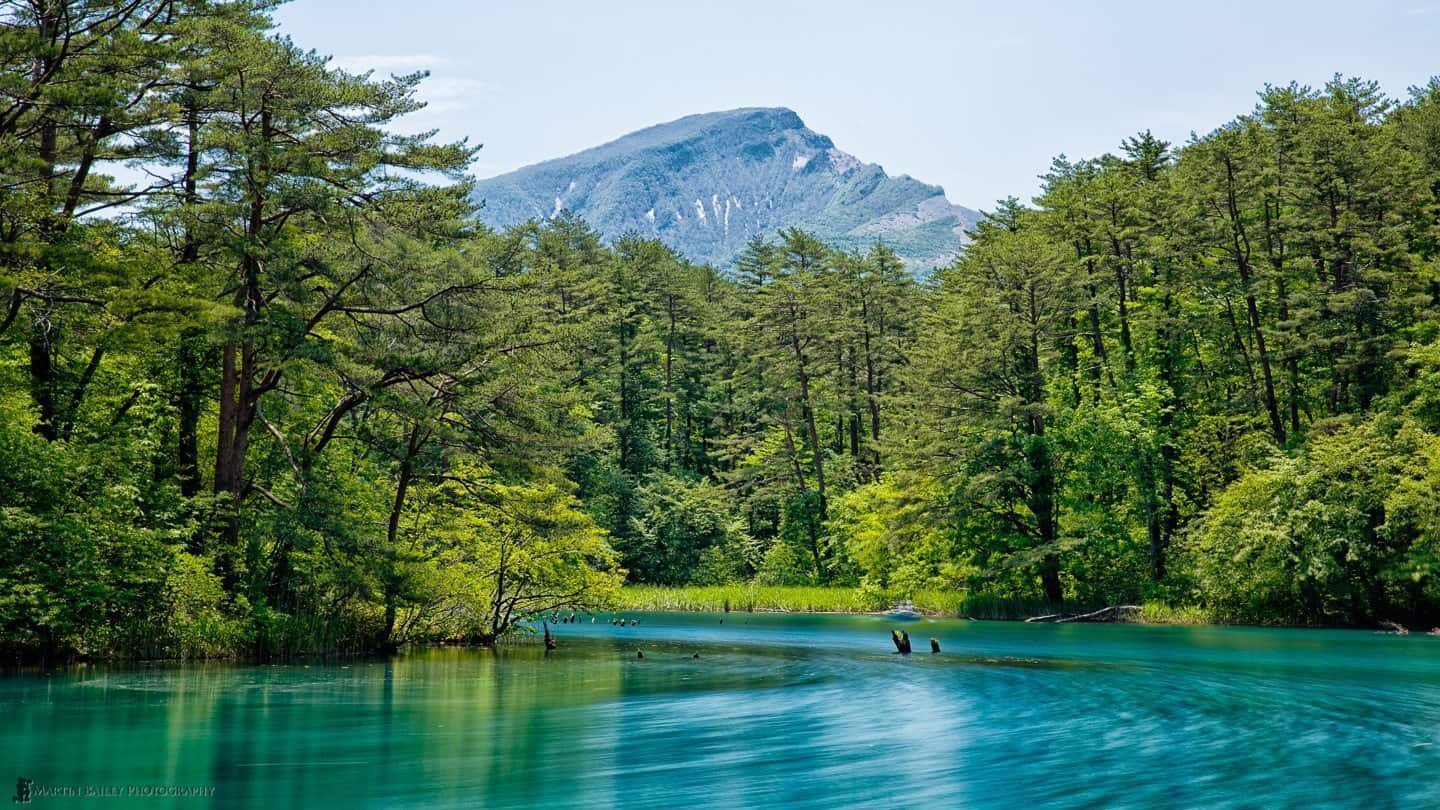
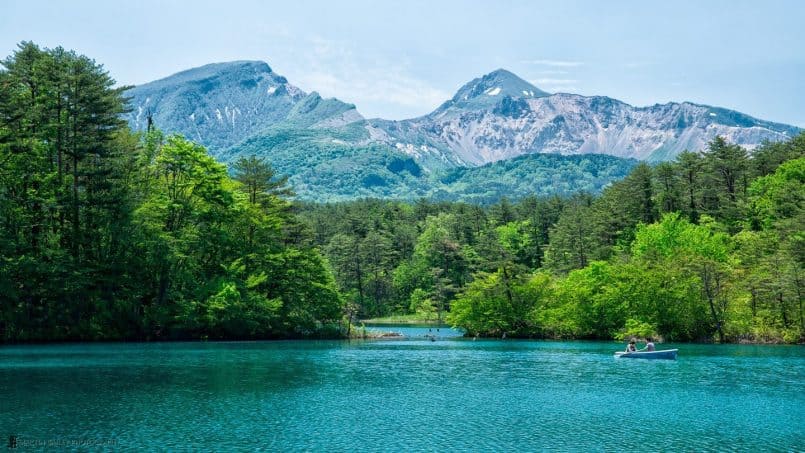
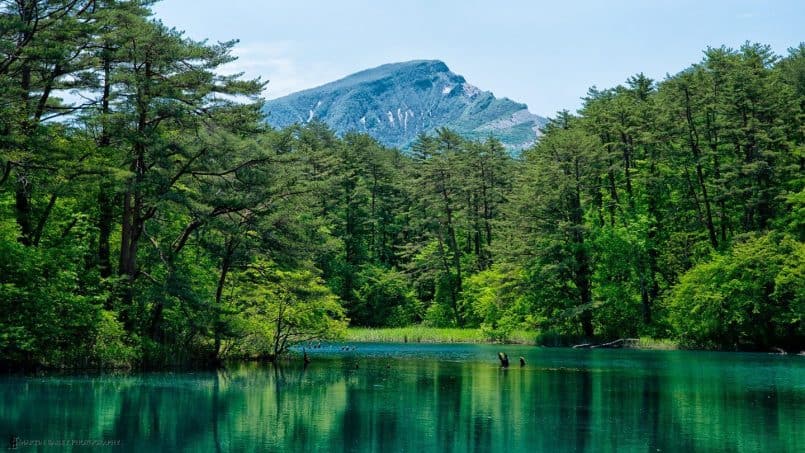
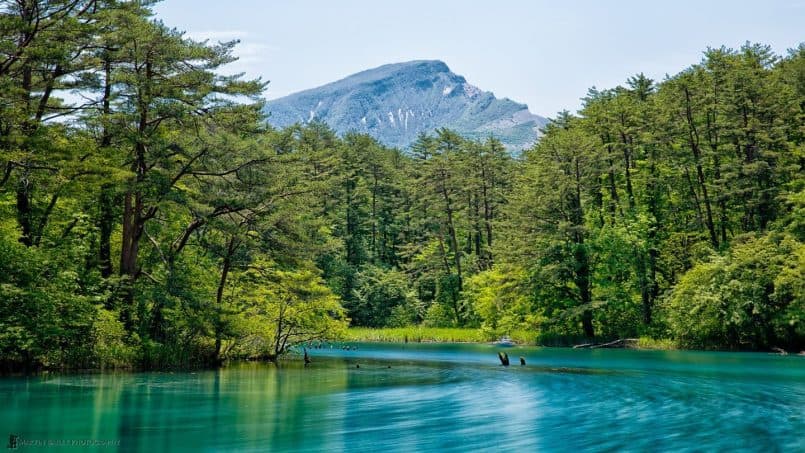
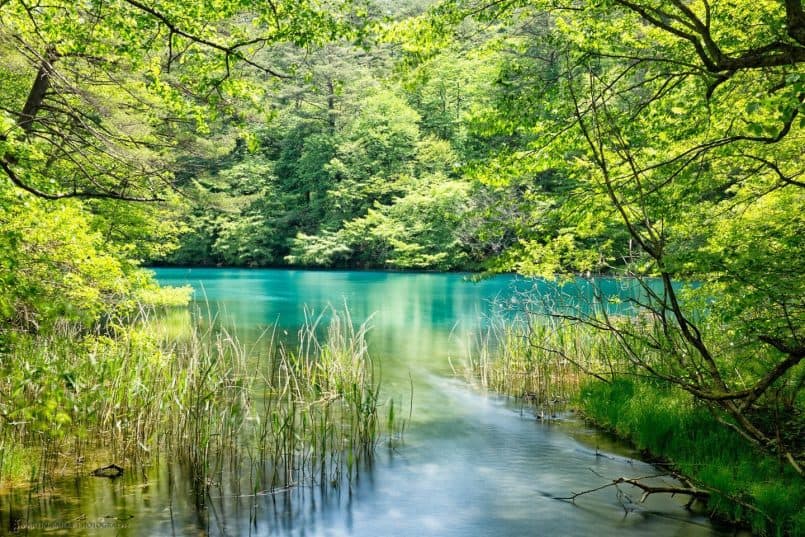
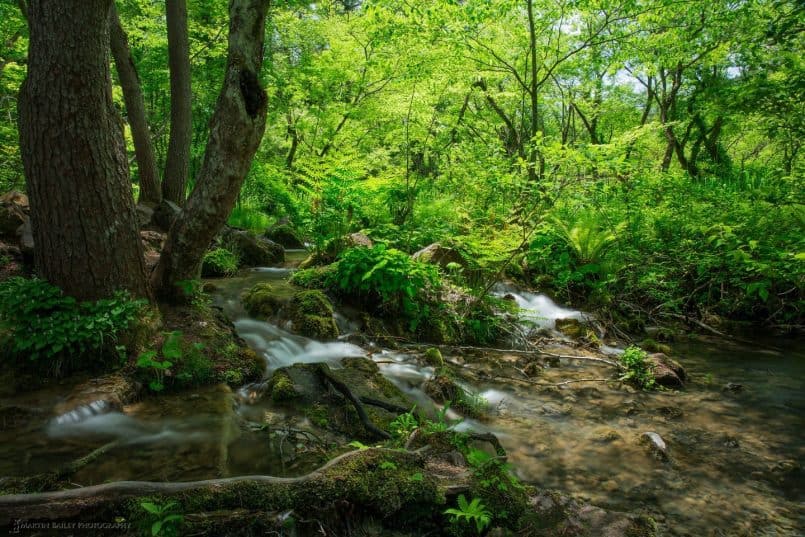
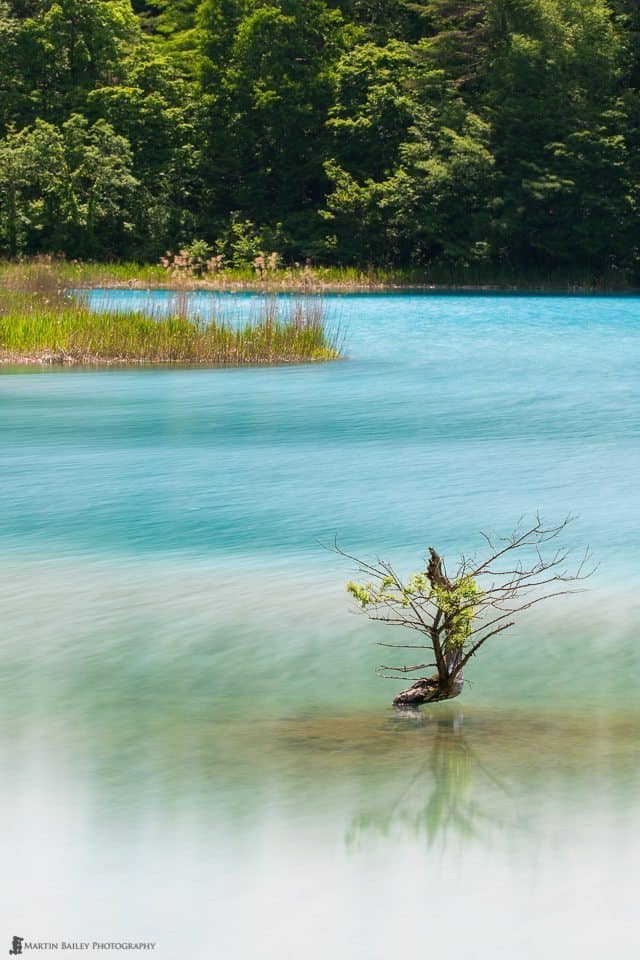
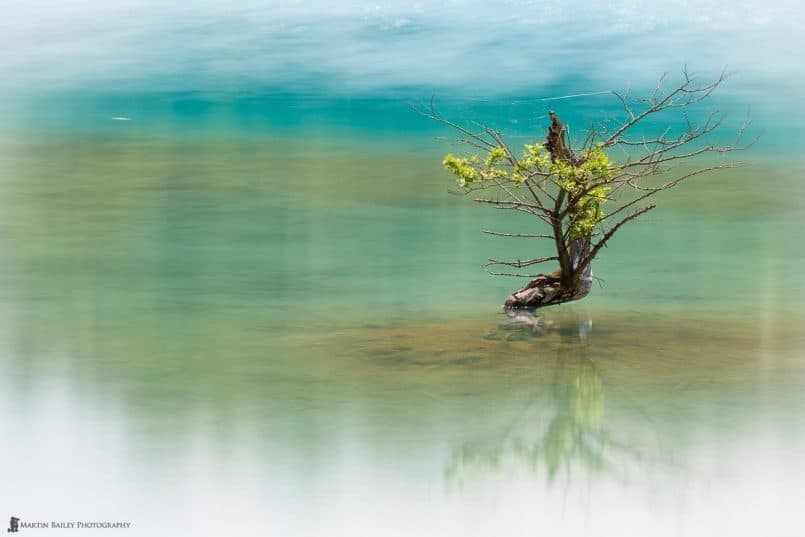
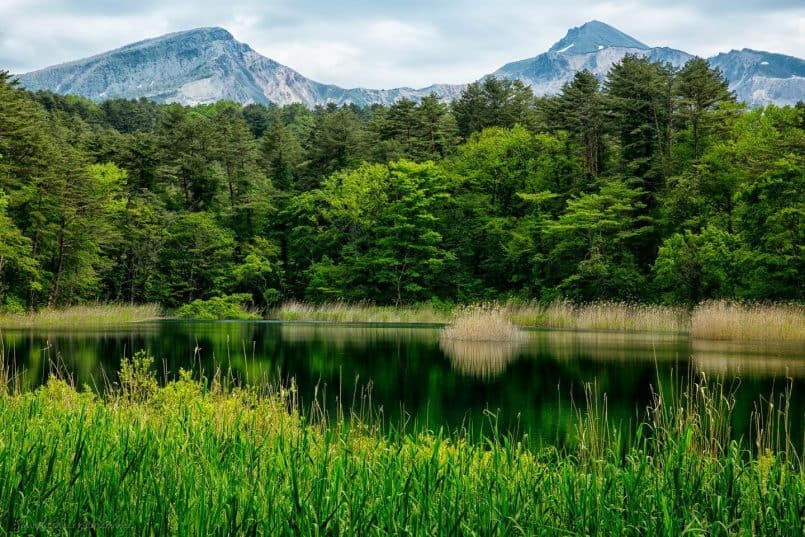
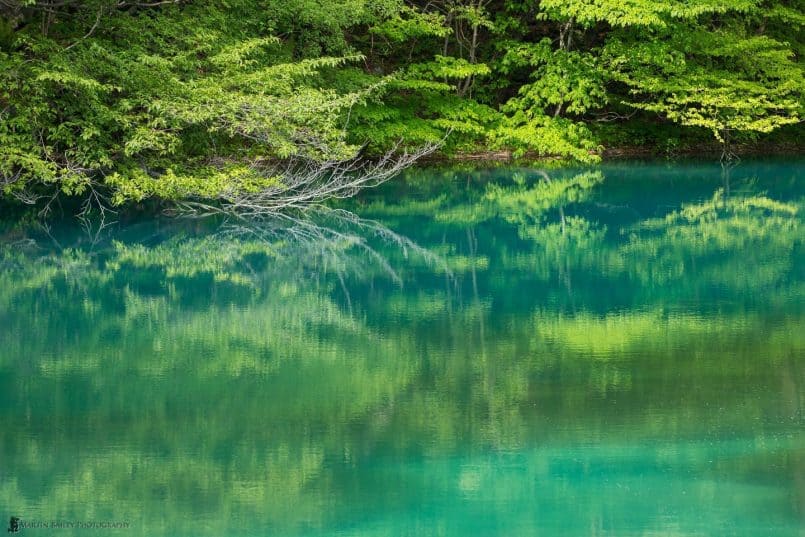
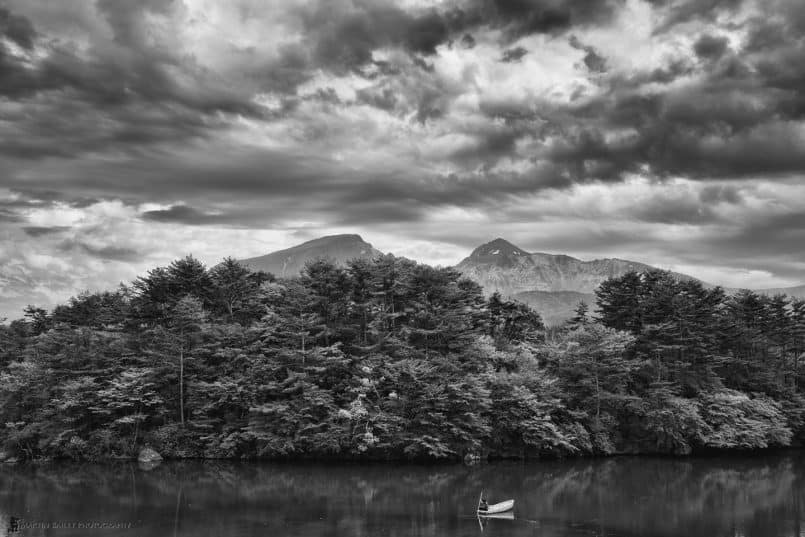

Hi Martin,
Not sure if the problem is at my end or yours (although I haven’t had problems with any other podcast) but your latest episode isn’t downloading to my Android Samsung phone, using the Pocketcasts app. Just thought I should let you know.
Thanks!
Which are you trying to download, the m4a (Enhanced) or mp3? There was an issue with the Enhanced version due to the quotes in the title in the iTunes edited file, and a conflict with our Podcast server, but I fixed that shortly after release. If you are using the mp3 feed, I can try removing the quotes there too. Please let me know.
I am having the same problem using iTunes. The error states: The URL “https://www.podtrac.com/pts/redirect.m4a?https://traffic.libsyn.com/mbppodcast/mbpp_ep474.m4a” could not be found on the server.
Thanks for letting me know Chris.
I just did a few checks, and found the m4a failing again. I just uploaded the exact same file and replaced the original one on our server, and it seems to be working again. Could you please check and let me know if it works now? If you continue to have issues, please follow the instructions in the Show Notes section at the bottom of the above post and try again.
Either way, please let me know if this doesn’t fix the issue.
Yes, I just now checked again, and it did download. Thank you for checking on this and for all that you do for us with a photography passion.
Excellent! Thanks for letting me know Chris, and, you’re very welcome. Thanks for lending me your eyes and ears. 🙂